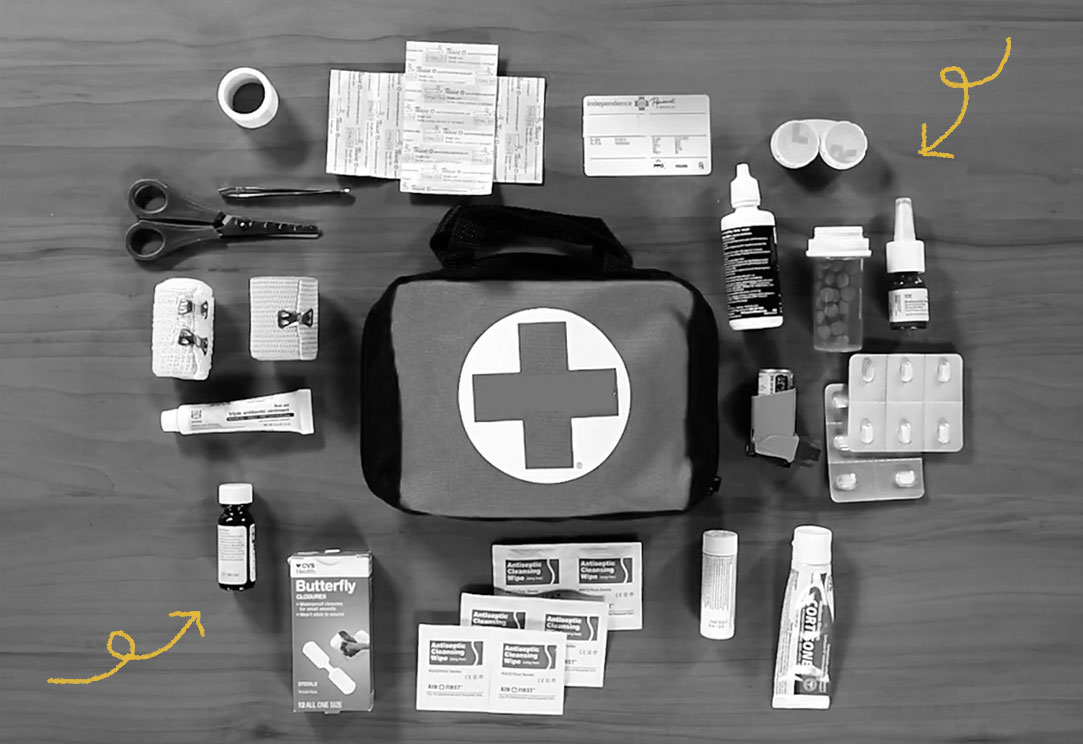Johnson & Johnson founder Robert Wood Johnson was on a train to Colorado for vacation when he struck up a conversation with the Denver & Rio Grande Railway’s chief surgeon. The doctor explained that the dangers of railroad construction coupled with the lack of medical care facilities often caused large numbers of fatalities. Indeed, the railroad construction boom of the late 1800s brought workers — most of whom were immigrants from China, Ireland, and Eastern Europe — to remote locations across the American West. The frenzied pace of building (between 1880 and 1890, over 70,000 miles of new tracks were laid) and the industrial machinery required meant that around 12,000 railroad workers died from injuries each year. Working on steam locomotives was so dangerous that train companies began employing surgeons and later even added medical cars to provide a space for treatment. However, many of the injuries were novel, so doctors had to learn on the job. Additionally, supplies were limited, and although these doctors often subscribed to Joseph Lister’s relatively new concept of sterile surgery, hygienic facilities were almost always lacking, and even after the doctors successfully convinced railroad companies to begin building hospitals out West, the number of railway deaths remained high. Johnson realized there was an opportunity to help others while also enhancing his fledgling business and got to work on the problem. He wrote to top railway surgeons and asked what they needed. He then tapped Johnson & Johnson’s scientific director, Fred Kilmer, to translate those needs into a product. The result? The first Johnson & Johnson’s First Aid Kit, which was made available in 1888. (Interestingly, the earliest kits were packed in durable wooden or metal boxes.) Kilmer not only designed the kit, which included existing Johnson & Johnson products as well as specially created items, but also understood that educating the public was important. In 1901, Johnson & Johnson published the Hand Book of First Aid, the first comprehensive, commercially available first aid guide. In the following years, similar guides were published and Johnson & Johnson’s First Aid Kits became increasingly popular. Within a decade, first aid was codified into law — beginning in 1910, all American workplaces with more than three employees were required to have basic medical supplies on hand. Over the course of the 20th century, first aid kits were expanded and tailored to meet different needs; kits designed for use in homes, schools, traveling, and the workplace were all rolled out. Today, first aid kits continue to play a key role in on-the-scene emergency care.

Your go-to guide for weird history facts
Subscribe to the FREE daily email that makes learning about history fun.


